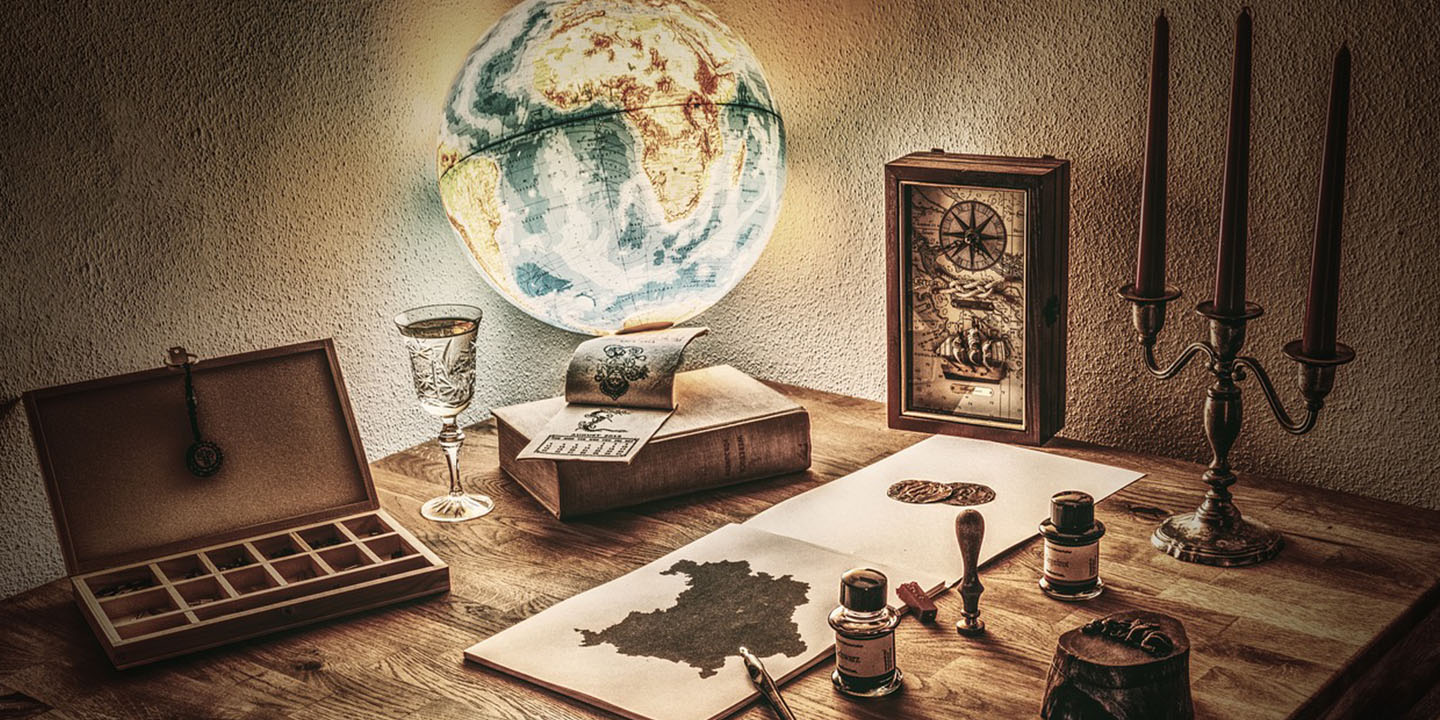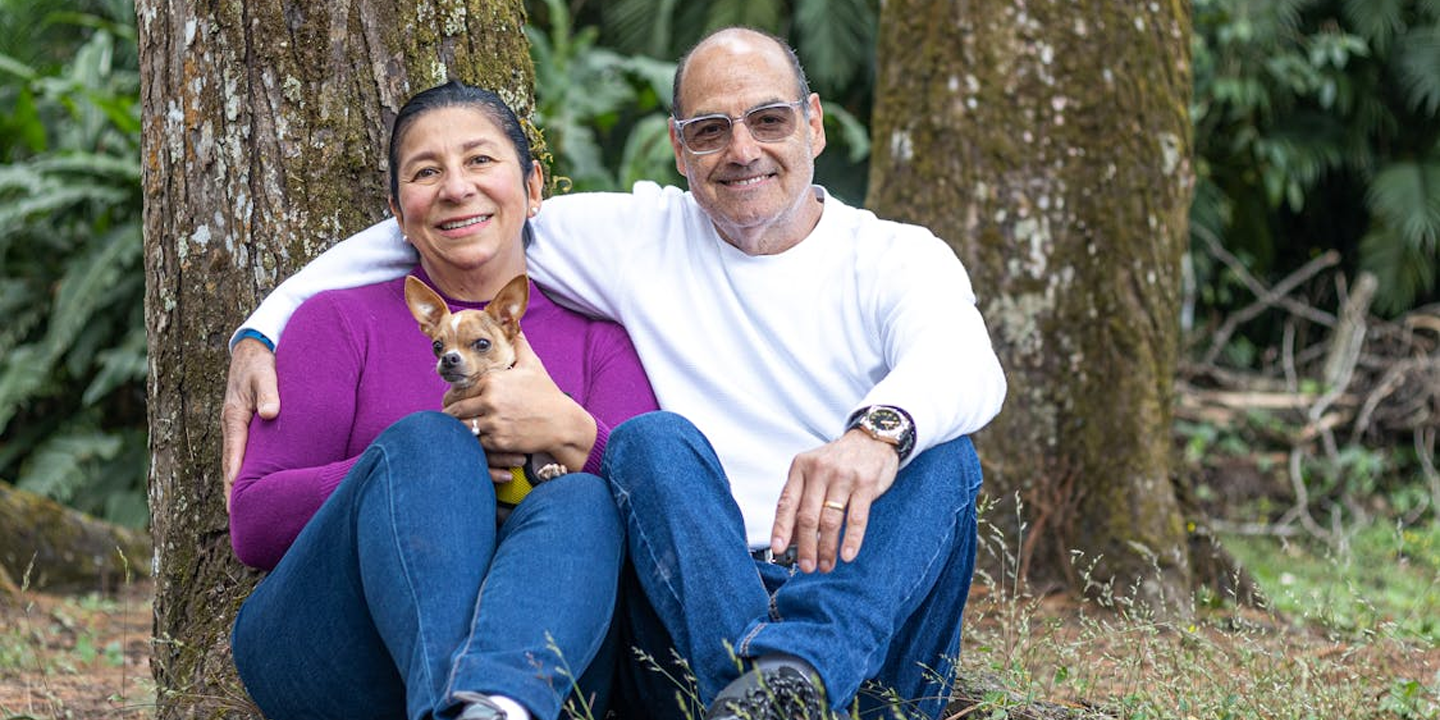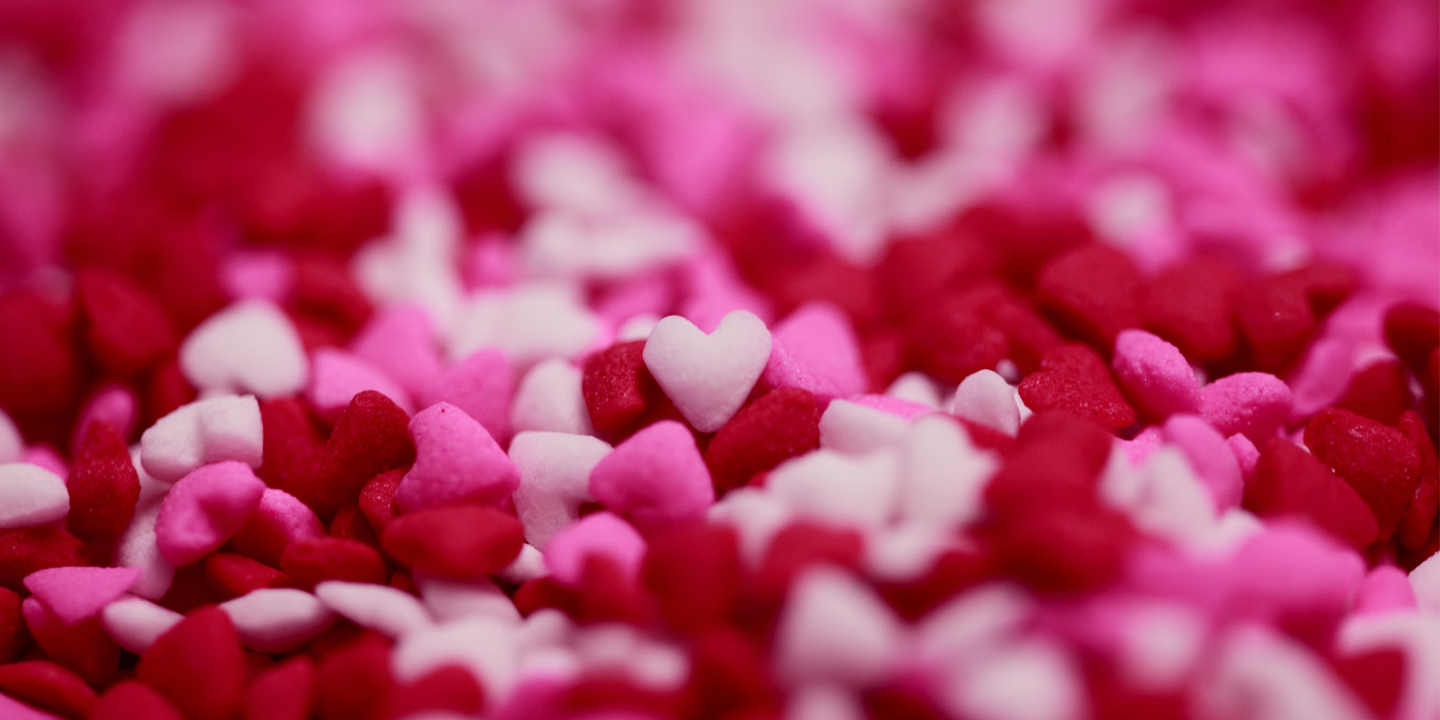From the simple pleasures of a family gathering around an old radio to the use of typewriters for composing letters and documents, these relics from the past offer a fascinating glimpse into how daily life has transformed over the decades. Some of these items evoke nostalgia and a longing for simpler times, while others remind us of the tremendous advancements we have made. Here, we delve into 25 artifacts that adorned our grandparents' lives, now mere echoes of the past.
1. Rotary Phones
Back in the day, rotary phones were the OG in every home! Picture this: you'd spin that circular dial, listening to the mechanical symphony of clicks and clacks just to make a call. No speed dial, no saving contacts – nada! Caller ID? What's that?
 Image by JamesDeMers from Pixabay
Image by JamesDeMers from Pixabay
2. Milk Delivery
Yup, back in the day, milkmen would cruise around in their trusty trucks, leaving behind these iconic glass bottles. And to keep them chilled until you fetched them, they'd tuck them snugly into metal boxes. But alas, this charming tradition has almost disappeared, giving way to the convenience of supermarket runs or the click-and-order frenzy of online grocery deliveries!
 Photo by Elizabeth Dunne on Unsplash
Photo by Elizabeth Dunne on Unsplash
3. Typewriters
Way before computers took over the world, typewriters ruled the roost when it came to putting words on paper. The clacking of keys and the ding of the carriage return were familiar sounds in offices and homes alike. Mistakes required correction tape or fluid. While a few die-hard fans still tap away on typewriters for fun, these marvelous machines have mostly become relics of a bygone era, tucked away in the corners of antique shops and nostalgia-filled hearts.
 Image by StockSnap from Pixabay
Image by StockSnap from Pixabay
4. Cathode-Ray Tube (CRT) Televisions
The bulky, boxy CRT televisions were a far cry from today's flat, lightweight screens. These sets took up significant room space and offered a much smaller viewing area than modern TVs.
These televisions have now been replaced by advanced LED and OLED screens with crisp, vibrant displays.

5. Physical Maps
Before the age of GPS and smartphones, navigating the world meant wrestling with a giant paper map! Travelers would need to stop and read these maps to navigate roads and highways or plan trips. And let's be real, those maps didn't age gracefully – they'd end up crumpled and torn, and don't even get me started on trying to fold them back up neatly!
 Image by Dariusz Sankowski from Pixabay
Image by Dariusz Sankowski from Pixabay
6. VHS Tapes
Back in the day, VHS tapes were the reigning champs of movie nights and TV recording sessions, long before DVDs and streaming stole the spotlight. These tapes had to be rewound after watching, a task that could be time-consuming. The quality of VHS was lower, and tapes could degrade over time, resulting in a loss of picture and sound quality.
 Image by Gerd Altmann from Pixabay
Image by Gerd Altmann from Pixabay
7. Floppy Disks
Floppy disks were once the go-to method for storing and transferring computer data. They came in several sizes, with the most common being the 3.5-inch diskette, capable of holding a mere 1.44 MB of data. These fragile disks were no match for the perils of dust, magnets, and even a gentle bend. Enter the era of USB flash drives and cloud magic!
 Image by PublicDomainPictures from Pixabay
Image by PublicDomainPictures from Pixabay
8. Coal Furnaces
In the past, lots of older homes used coal furnaces for heating. This meant homeowners had to put coal into the furnace by hand and clean out the ash afterward. But this way of heating was tough work and not great for the environment. Nowadays, heating systems are much easier to use and better for the planet. They usually run on electricity, gas, or oil instead of coal. Getting rid of coal furnaces is a big step forward in how we heat our homes.
 Image by seatoboy from Pixabay
Image by seatoboy from Pixabay
9. Record Players
Record players were the main way people listened to music before tapes, CDs, and digital tunes came along. Audiophiles still love that sound of the needle hitting a vinyl record, but not many people get to experience it these days. Records needed careful handling to avoid damage like scratches or warping. Even though vinyl is making a comeback, using record players every day is pretty much a thing of the past.
 Image by chiến nguyễn bá from Pixabay
Image by chiến nguyễn bá from Pixabay
10. Payphones
Before cell phones, payphones were super important for making calls when you weren't at home. You had to have coins to use them, and sometimes finding one when you really needed it was tough.
But now, almost everyone has a mobile phone, so payphones are hardly used anymore. Their disappearance shows how much mobile tech has changed how we stay in touch with each other.
11. Manual Car Windows
Back in the day, cars had manual windows that you had to crank by hand to open or close. It was a bit of a workout, especially if you were the driver reaching over to roll up the passenger-side window. But now, most cars have automatic windows that you can control with the push of a button. This change shows how cars are moving toward more automation in how they're designed.
 Image by Diego Bircher from Pixabay
Image by Diego Bircher from Pixabay
12. Encyclopedias
Before the internet, when you had to look up stuff or resolve arguments, you'd crack open encyclopedias. These big sets of books were sold door-to-door and cost a lot for families. They had tons of info, but they got outdated fast. But now, with the internet and search engines, there's no need for those bulky books anymore.
13. Film Cameras
Film cameras needed a roll of film that only held a set number of pictures. Developing the film took a while, and you couldn't see the photos until then, which was kinda exciting. Some folks still like using film cameras, but digital cameras and smartphones have changed the game.
Digital pics are quick and easy to take and see, making traditional film photography seem old-fashioned.
 Image by Olga Oginskaya from Pixabay
Image by Olga Oginskaya from Pixabay
14. Hand-Written Letters
Writing letters by hand is pretty rare nowadays since we have emails and instant messaging. Our grandparents used to spend a lot of time writing personal letters to their loved ones. It was slower than digital communication but felt more special. While some people still do it, most prefer the quickness of emails and texts.
 Image by Michal Jarmoluk from Pixabay
Image by Michal Jarmoluk from Pixabay
15. Cassette Tapes
Back in the 1970s and 1980s, cassette tapes were all the rage for listening to music. They were portable and tough, but they weren't perfect – sometimes the sound wasn't great, and tapes could get tangled up. Making mixtapes was a special task, choosing each song with care. Even though some people still like cassettes, most of us prefer streaming digital music nowadays.
 Image by Ratfink1973 from Pixabay
Image by Ratfink1973 from Pixabay
16. Phone Books
Before the internet took over, phone books were the go-to for finding people's contact info. They'd come out every year, packed with names, addresses, and phone numbers for homes and businesses. But now, online search engines and digital contacts are way more popular. They're quicker and always up-to-date, making phone books almost obsolete.
17. Rabbit Ear Antennas
Back in the day, rabbit ear antennas were what people used to watch TV.
You had to move them around to get good reception, which could be annoying. Nowadays, we have satellite and cable TV, plus digital antennas, which give us a better picture and more reliable signal. You might see people adjusting rabbit ears in old movies or TV shows, but we don't really use them anymore.
 Image by MadameYavi from Pixabay
Image by MadameYavi from Pixabay
18. Carbon Paper
Back in the day, carbon paper was used to make quick copies of documents. It was messy and only worked for a few copies at a time. But nowadays, we have photocopiers and scanners, which are way faster and cleaner. People hardly ever use carbon paper anymore, except for really special situations.
 Image by congerdesign from Pixabay
Image by congerdesign from Pixabay
19. Checkbooks
Checkbooks are used less nowadays compared to our grandparents' time. Writing a check by hand took a lot of time and wasn't very safe. Electronic payments, credit cards, and online banking are faster and safer ways to pay. Fewer people using checkbooks shows that more folks are managing their money digitally.
 Image by Robert Owen-Wahl from Pixabay
Image by Robert Owen-Wahl from Pixabay
20. Diner Jukeboxes
Back in the day, jukeboxes were common in diners and soda shops, where folks would pick songs while enjoying their meals or milkshakes. Some old-fashioned diners still have jukeboxes, but nowadays, digital playlists and streaming services are more popular.
This shows how people's music preferences, both in private and public spaces, have changed over time.
 Image by PublicDomainPictures from Pixabay
Image by PublicDomainPictures from Pixabay
21. Public Transit Tokens
In lots of cities, people used tokens to pay for public transit. You'd buy these little coins and use them to get on buses and trains. But now, with electronic cards and phone apps for payment, tokens are disappearing. This change makes public transit run smoother and faster.
 Image by Erdenebayar Bayansan from Pixabay
Image by Erdenebayar Bayansan from Pixabay
22. Slide Projectors
Slide projectors were common for showing photos at family events and school talks. You'd load the slides and move them by hand, which was all part of the fun. Nowadays, we've switched to digital slideshows and streaming, which are simpler to set up and operate. While we might feel nostalgic about slide projectors, we hardly use them anymore because of these new options.
23. Sock Hops
Sock hops were casual dances at schools or community halls, where teens danced without shoes to avoid scuffing the floor. They were popular in the mid-20th century. Nowadays, we still have school dances, but sock hops are more of a nostalgic memory. Today's dances often have DJs and electronic music, showing how culture and technology have changed.
 Photo by Patrick Schöpflin on Unsplash
Photo by Patrick Schöpflin on Unsplash
24. Window Iceboxes
Before electric fridges became common, lots of homes used iceboxes.
These were cooled by big blocks of ice that got delivered regularly. But this way of keeping things cold was a hassle and didn't work as well as modern fridges. Now, we hardly ever use ice delivery for cooling because of our fancy fridges.
25. Penny Candy
Penny candy was cheap sweets sold individually from big jars in local stores. Kids could buy them with just a few coins and get a bag full of treats. But now, prices have gone up, and packaged candies are more common, so penny candy is mostly a memory of the past. We still love candy, but how we buy and enjoy it has changed a lot.
 Image by Hans Schwarzkopf from Pixabay
Image by Hans Schwarzkopf from Pixabay












